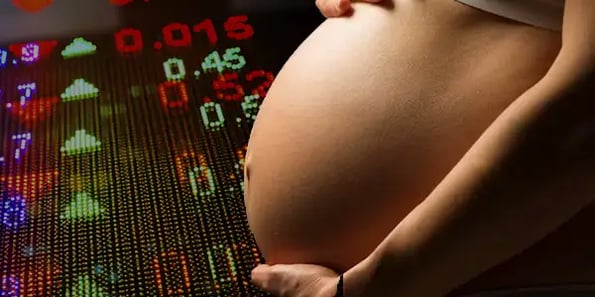Over the years, researchers have tried to correlate the well-being of the US economy with everything from food consumption to the length of women’s skirts. Most of these theories are questionable at best.

But here’s a new one with some legs: According to research from the National Bureau of Economic Research (NBER), falling pregnancy rates have preceded times of economic strife in the US for nearly 3 decades.

For their paper (“Is Fertility an Economic Indicator?“), NBER researchers examined 109m births between 1989 and 2016, looking specifically for changes in fertility trends in relation to recessions.
They found that there was an “anticipatory drop in conceptions” before each of the recessions in 1990, 2001, and 2007.
Intuitively, it makes sense: USDA research suggests the average middle-income family spends $12k on a baby’s first year of life — which is hard enough to swing when the money’s flowing.
